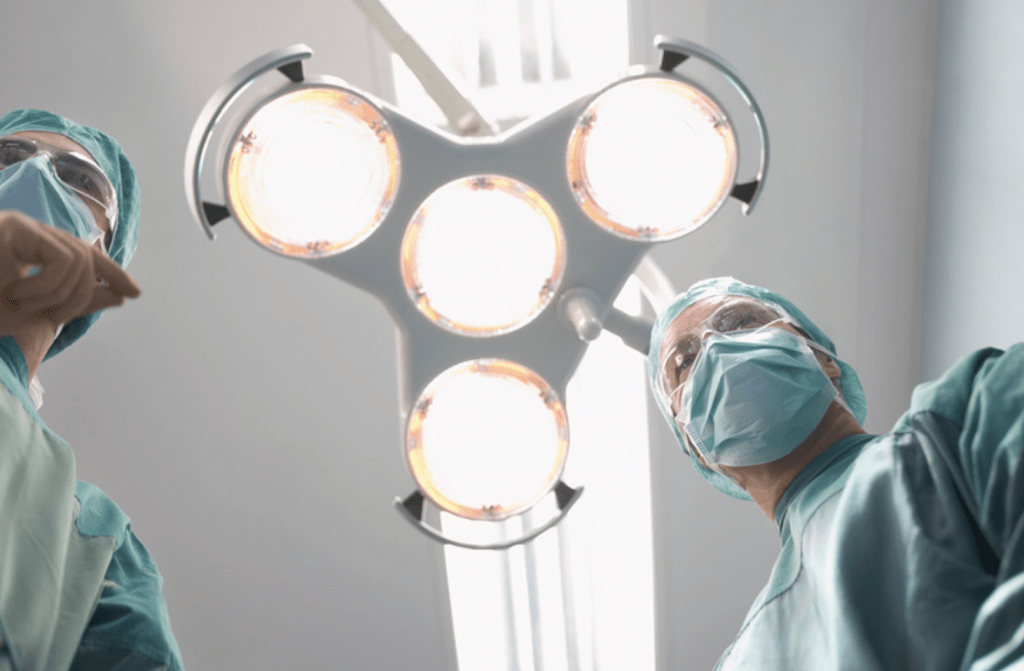Do You Need Surgery for Osteoid Osteoma of the Spine?
Osteoid osteoma refers to bone-like tumors that grow on the spine and long bones, such as the thigh and shin bones. These tumors are benign and not cancerous. Although they do not grow, spread, or invade other organs, they can lead to back pain and other signs and symptoms.
The cause of osteoid osteoma is still unknown. It accounts for approximately 5% of all bone tumors and 11% of benign bone tumors common in males. Although it’s more common in children and young adults, it can affect everyone regardless of age. Males are three times more likely to develop these tumors than females.
How does spinal osteoid osteoma develop?
The main cause of spinal osteoid osteoma is not fully understood. It occurs when certain cells divide uncontrollably, forming a small mass of bone and other tissue that replaces the healthy bone tissues. The nidus, at the core of an osteoma, is composed of rapidly dividing tumor cells with its own blood supply and it is surrounded and encased by bone-forming cells.
What are the signs and symptoms of spinal osteoid osteoma?
Patients with an osteoid osteoma of the spine may experience the following signs and symptoms:
- Dull ache or sharp pain at the site of the tumor that worsens over time
- Pain that gets worse at night
- Back pain aggravated by physical activity
- Spasm of the back muscles
- Swelling at the tumor site
- A spine that curves to the side similar to scoliosis
In some cases, osteoid osteoma patients do not experience any form of pain and discomfort.
How is osteoid osteoma of the spine diagnosed?
To diagnose osteoid osteoma, our back doctor in Fort Lauderdale needs to know your medical history and signs and symptoms. He also needs to perform a physical exam and ask you to get imaging and laboratory tests to see the location of the tumor and rule out other possible causes. These tests may include:
- X-ray – An X-ray of the painful area may show the presence of a thick bone-like structure.
- Computerized tomography (CT) scan – A CT scan of the area may reveal the nidus, which is a dark central core surrounded by a dense, white bone structure.
- Biopsy – A biopsy involves getting a tissue sample of the tumor and examining it under a microscope to confirm osteoid osteoma. This is usually performed if the results of the imaging studies are inconclusive.
- Blood tests – Blood tests may be recommended to rule out infection.
Can an osteoid osteoma disappear on its own?
In most cases, osteoid osteomas disappear on their own after several years. Taking pain relievers may help you manage the symptoms. However, if the pain and discomfort are already unbearable, we urge you to consult an orthopedic spine surgeon to discuss the best treatment option for you.
What is the best treatment for spinal osteoid osteoma?
There are two treatment options for osteoid osteoma: non-surgical and surgical. The non-surgical treatments focus on alleviating the signs and symptoms, while the goal of the surgical treatment is to remove the tumor itself.
Non-surgical treatment
The non-surgical treatment for osteoid osteoma involves taking pain medications such as NSAIDs to manage the pain. Often, pain relievers are enough to alleviate the pain and discomfort, so there may be no need to undergo surgery.
However, patients usually have to deal with the pain for an average of 3 years before the tumor resolves on its own. Prolonged NSAID use can harm your organs and increase your risk of developing kidney problems, heart disease, and peptic ulcers. Discuss your pain management options with our back doctor in Delray Beach to avoid these problems.
Surgical treatment
Patients who experience severe pain that doesn’t respond to pain medications, as well as those who have developed scoliosis secondary to osteoid osteoma, are recommended to undergo surgical resection.
This entails scraping the tumor out through a small incision in the back. You may need to stay in the hospital for a few days until you have recovered.

Where to find an orthopedic spine surgeon in Palm Beach County
You don’t need to keep on suffering from back pain brought by spinal osteoid osteoma. Consult one of the best orthopedic surgeons in your area, Dr. Matthew Hepler, to get the right diagnosis and know the best course of action for your condition.
Dr. Hepler is a trusted orthopedic spine surgeon that offers expertise in both surgical and non-surgical treatments of spine-related ailments. With over 17 years of experience, he provides individualized and high-quality care to every patient.
Start living a back pain-free life! Contact us to learn more and schedule a consultation.
You can also schedule an appointment at one of our two convenient locations:
The material contained on this site is for informational purposes only and DOES NOT CONSTITUTE THE PROVIDING OF MEDICAL ADVICE, and is not intended to be a substitute for independent professional medical judgment, advice, diagnosis, or treatment. Always seek the advice of your physician or other qualified healthcare provider with any questions or concerns you may have regarding your health.



